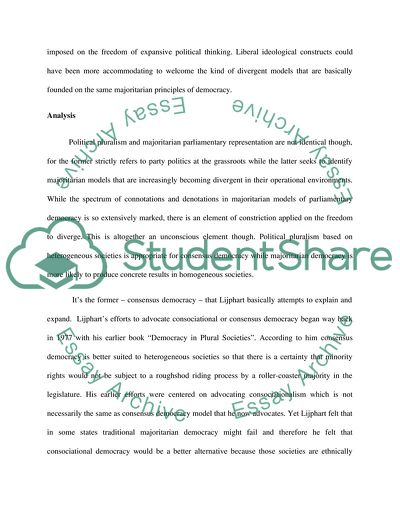Cite this document
(The Westminster Model of Democracy and the Consensus Model of Democrac Term Paper, n.d.)
The Westminster Model of Democracy and the Consensus Model of Democrac Term Paper. Retrieved from https://studentshare.org/politics/1720816-lijpharts-consensus-model-and-westminster-model
The Westminster Model of Democracy and the Consensus Model of Democrac Term Paper. Retrieved from https://studentshare.org/politics/1720816-lijpharts-consensus-model-and-westminster-model
(The Westminster Model of Democracy and the Consensus Model of Democrac Term Paper)
The Westminster Model of Democracy and the Consensus Model of Democrac Term Paper. https://studentshare.org/politics/1720816-lijpharts-consensus-model-and-westminster-model.
The Westminster Model of Democracy and the Consensus Model of Democrac Term Paper. https://studentshare.org/politics/1720816-lijpharts-consensus-model-and-westminster-model.
“The Westminster Model of Democracy and the Consensus Model of Democrac Term Paper”. https://studentshare.org/politics/1720816-lijpharts-consensus-model-and-westminster-model.


